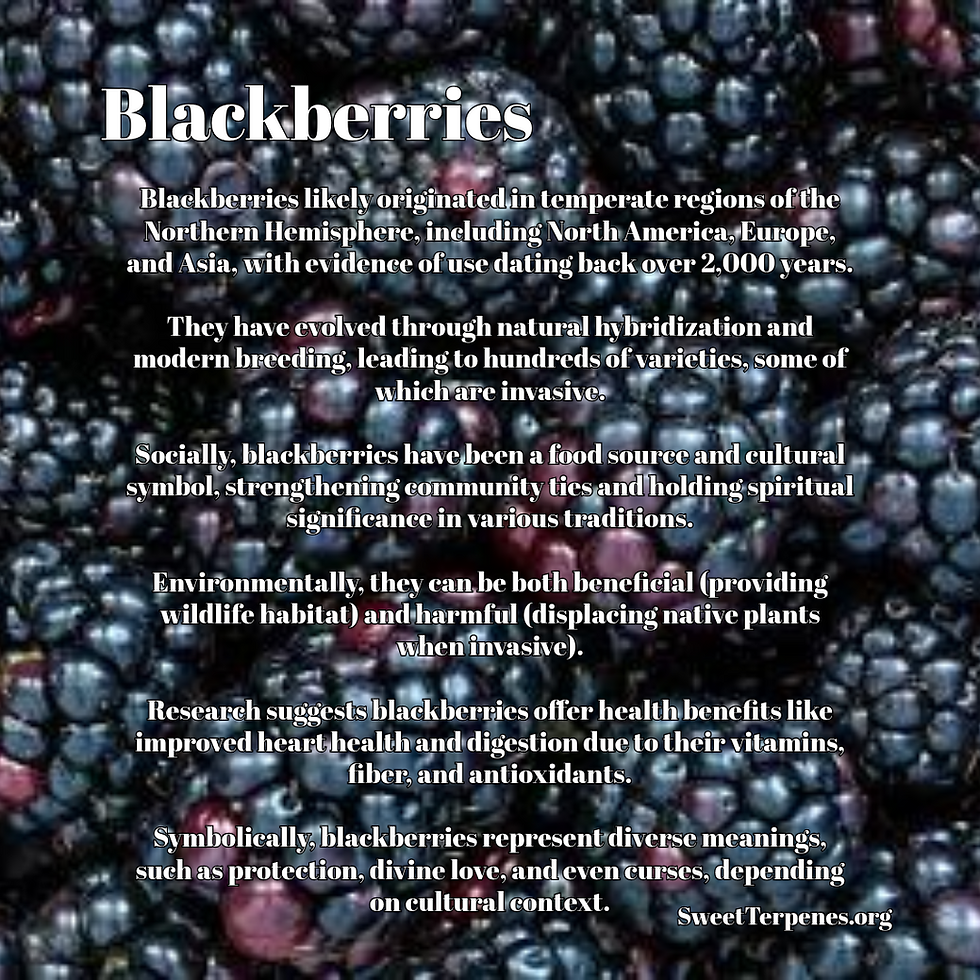The Culinary Magic of Salt
- Heather Stanley

- Jun 20
- 4 min read

Salt has been a staple in kitchens for centuries, treasured for its flavor-boosting abilities and its crucial function in food preservation. Beyond its simple crystalline form, salt is a blend of science, culinary craftsmanship, and cultural traditions that define our eating experience. In this post, we will explore the chemistry of salt, its impact on flavor enhancement, and its indispensable role in preserving foods.
The Chemistry of Salt
Salt, primarily made up of sodium chloride (NaCl), is formed from sodium and chlorine. This unique crystalline structure allows salt to dissolve in water and interact with food components, making it essential in cooking.
Sodium, an important mineral, helps transport nutrients in the body and regulate fluid balance. Chloride is key for digestion. Together, they not only elevate flavor but also provide nutritional value.
Salt’s ability to dissolve in water plays a crucial role in its function. When added to food, it breaks into sodium and chloride ions, penetrating food and affecting its flavor and texture. For instance, studies show that adding just 1% salt to certain dishes can significantly enhance their taste, highlighting salt's importance in culinary applications.
Flavor Enhancement: The Culinary Magic of Salt
One of salt's most fascinating qualities is its power to enhance flavors. By adding salt to food, sweet flavors are accentuated, bitterness is reduced, and aromas are amplified—key factors that elevate a dish.
The Role of Salt in Flavor Perception
Salt enhances flavor in several ways, primarily by interacting with our taste buds. Research indicates that salt can amplify sweetness while suppressing bitterness. For example, a pinch of salt in desserts can enhance the sweetness of chocolate by 30%.
Salt also boosts the overall sensory experience of a dish. It transforms ordinary meals into extraordinary ones by providing balance among complex flavors. Chefs often sprinkle salt at various cooking stages to unlock the full potential of ingredients.
Beyond Taste: Salt and Aroma
Salt does not only influence taste; it also affects aroma, which is crucial for our flavor perception. Salt boosts the release of aromatic compounds during cooking, enriching the sensory experience. For instance, a steak seasoned with salt before grilling releases more savory aromas, making it more appetizing.

Proper seasoning with salt throughout the cooking process, rather than just at the end, can elevate a dish's aroma and mouthfeel.
The Importance of Salt in Cooking Techniques
In cooking, the amount of salt used varies with techniques to achieve the desired flavor. For example, dry-brining meat with salt allows it to penetrate deeply, enhancing flavor while creating a delicious crust. This technique can improve the meat's juiciness by up to 15% compared to unbrined cuts.
In baking, salt has a dual purpose. It strengthens gluten in dough, improving the structure of bread, and it enhances sweetness—critical in many recipes. For instance, a loaf of bread without salt may taste bland and dry, while a well-salted bread can be deeply flavorful.
Preserving Food: The Role of Salt
For centuries, salt has been a key player in food preservation, predating modern refrigeration. Its ability to inhibit microbial growth is a crucial aspect of its use in various preservation methods.
How Salt Preserves Food
Salt preserves food by drawing moisture out, creating an environment hostile to microorganisms. This process lowers the water activity level in food, essential for safety and shelf life.
Common methods of salt preservation include curing, brining, and fermentation. Curing meat and fish involves applying salt to the surface or using a saltwater brine, allowing the salt to penetrate and preserve while enhancing flavor. For example, cured hams can last for months due to the salt's preservative effects.

Fermentation also utilizes salt to foster beneficial bacteria while inhibiting harmful ones, resulting in foods like kimchi and sauerkraut that boast both complex flavors and extended shelf life.
Salt and Food Safety
Using salt as a preservative not only enhances flavor but also improves food safety. By inhibiting microbial growth, salt helps lessen the risk of foodborne illnesses. Research indicates that increasing salt concentration can reduce certain bacteria's viability by over 95%, emphasizing its effectiveness in preservation.
Even modern food preservation techniques, like vacuum sealing, benefit from added salt, enhancing flavor while preventing spoilage.
Balancing Salt in Diet and Cooking
While salt enriches flavor, it is vital to balance its use in cooking and dietary intake. High sodium levels can lead to health issues, including hypertension and heart disease.
Understanding Dietary Recommendations
The World Health Organization (WHO) recommends that adults limit their daily salt intake to less than 5 grams. However, many people consume more than double this amount, primarily through processed foods and restaurant meals.
Food enthusiasts, chefs, and healthcare professionals should be mindful of hidden salt sources in diets. Reading labels and adjusting culinary practices can help enjoy salt’s benefits while maintaining a healthy diet.
Techniques for Reducing Salt in Cooking
Flavor doesn’t have to be sacrificed for lower salt use. Here are a couple of techniques that enhance flavor without relying solely on salt:
Utilizing Herbs and Spices: Fresh herbs, spices, and acidic ingredients like citrus can add layers of flavor to dishes, allowing a reduction in salt.
Balancing Umami: Ingredients such as mushrooms or soy sauce can provide umami, compensating for lower salt levels effectively.

Salt cured fish.
Embracing the Science of Salt
Salt, with its rich history and diverse functions in cooking and food preservation, is a cornerstone ingredient in our culinary toolkit. Exploring how salt enhances flavor and preserves food unlocks a world of opportunities for chefs, food lovers, and health-conscious individuals.
By understanding the balance of salt in diets and culinary practices, we can appreciate its artistic role in our meals while making informed choices about our health.
As culinary practices continue to evolve, understanding salt will remain a critical aspect of crafting delicious dishes and fostering food safety. The journey of discovery in flavor and nutrition with salt promises to be both flavorful and enriching.
*AI Generated











Comments